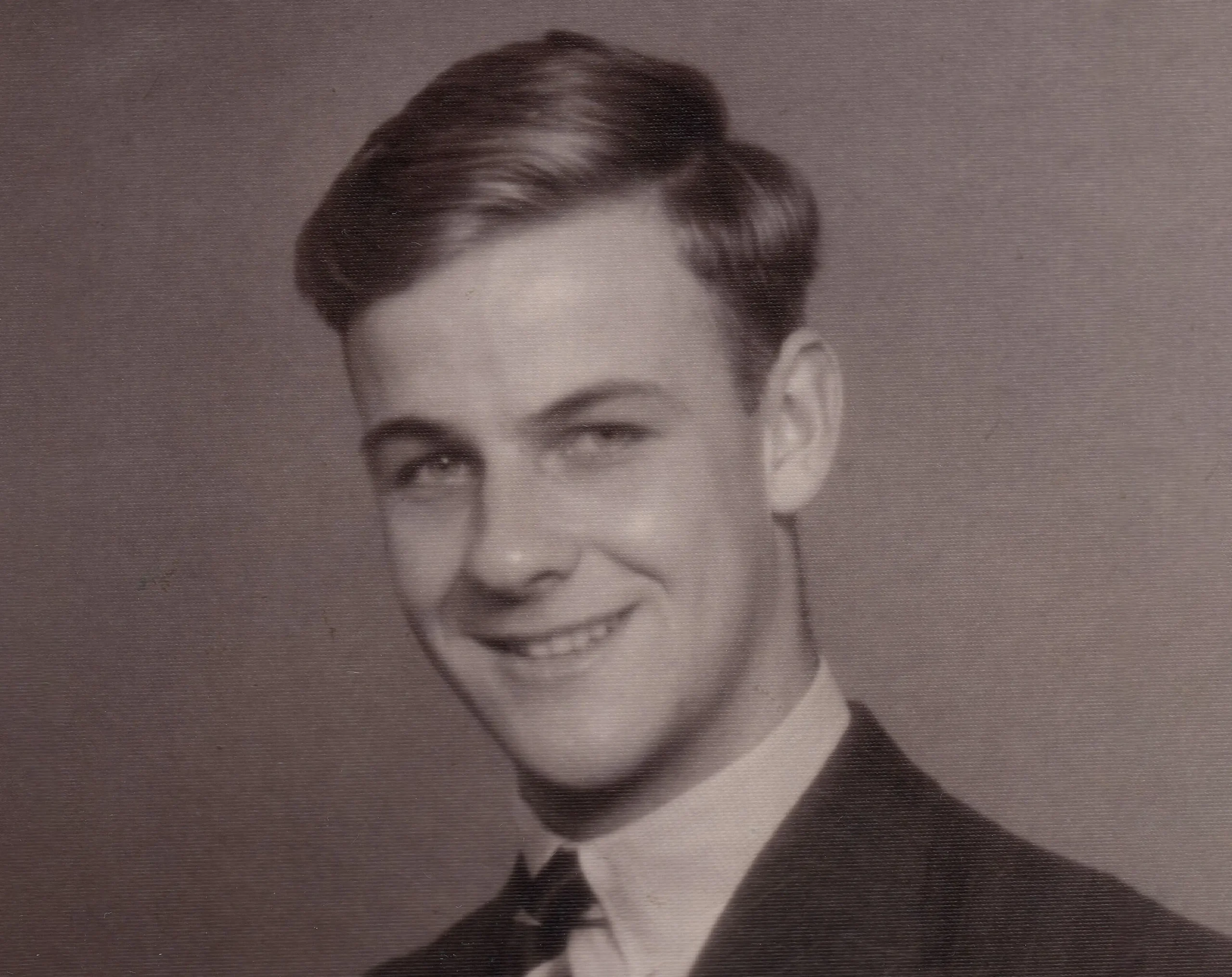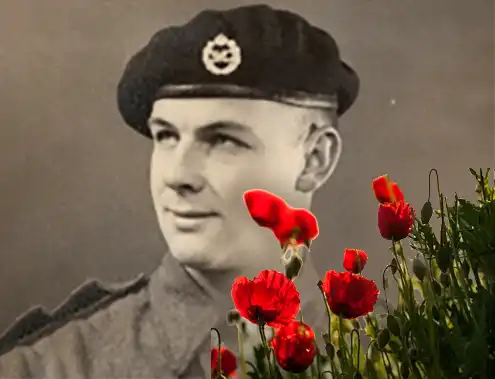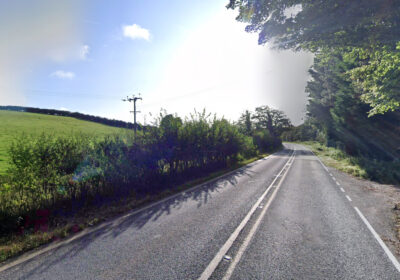A COLLECTION of heartbreaking letters written by a young tank gunner as he fought in the Second World War have been revealed.
The moving documents were written by Alan ‘Jim’ Harris to his parents and detail is career in the military progressed between 1940 and 1943.
He joined up as a teen, serving as an ARP (air raid precautions) warden in London during the Blitz, where he was working as a civil servant.
By the following year Jim, originally from Kent, was with the 60th Training Regiment, where he became a radio operator and a gunner.
In a decision that would ultimately prove fateful, he later turned down the opportunity of becoming a gunnery instructor at Lulworth in Dorset, arguing it would be a waste to use an A1 category soldier as an instructor.
So instead, he began training with the Royal Tank Regiment across the country and writes home asking for various items, including rags to help clean the guns.
Then, in early 1943, he finally sets sail for war.
“I am on a ship somewhere at sea! Where at sea I’ve not the vaguest idea,” he wrote.
It was to Algeria that he was heading and his priority in his letters is to reassure his parents that he was all right, will return and has God and justice on his side.

Alan ‘Jim’ Harris was a civil servant before joining up in 1940. Picture: Tank Museum
“I will be taking soon the next step … But don’t worry, keep your chin up and don’t fear for me,” he wrote in March 1943.
“We’ve a good crowd of lads and together we’ll do all that is required of us and a bit more, so that soon we will be able to live as we want to, a righteous and sober life … living in a free and godly country.”
He adds, optimistically, that “the cause is right and if the road be bumpy at times, I know that I can and will come through with flying colours”.
And as he gets closer to action he writes how his beloved parents shouldn’t “worry about me”.
He goes on to say he is disappointed in North Africa, that the weather is like “English April showers”. But the scenery he concedes, is “magnificent”.
In mid-April 1943 Jim, who mentions a sweetheart Joyce in his letters, was in north-east Algeria with the 12th Royal Tank Regiment as part of the 21st Army tank brigade, which was there to support the 4th Infantry Division in the upcoming Operation Vulcan.
Jim and his ‘A’ Squadron advanced on April 27 – their first time in combat – and attacked Sidi Abdallah Hill, part of strong German defences.
The hill was successful taken but the Germans counter-attacked with the Hermann Goring Division, and Tiger tanks.
It was here, at the age of just 20, Jim was killed after his Churchill tank took a direct hit from an 88mm anti-tank gun.
He was killed instantly along with one crew member.
Heartbreakingly, letters his mother sent him after this were returned, stamped with the message, “It is regretted that this item could not be delivered because the addressee is reported missing”.
Some months later, Jim’s troop leader wrote to his parents, telling them how their son’s body had been recovered and buried.
Lieutenant Saunders added: “Your son was an invaluable member of the crew in his capacity as gunner, and on the day of battle he shot and fought magnificently.
“He was always of a cheerful and generous disposition and was very popular with, and respected by, all men in the Squadron.
“His death means an irreplaceable loss to the Troop, Squadron and Battalion.”
Jim’s story is told in letters donated to the Tank Museum, in Bovington.

Jim’s body was later moved to the Massicault cemetery in Tunisia. Picture: Commonwealth War Graves Commission
Stuart Wheeler, museum historian, said: “This series of letters are very poignant but ultimately heartbreaking to read.
“They give an insight into how the war starts to impact on Jim’s life and those around him.
“It was a story all too familiar during the war and is of special interest to us, given that we are Jim’s, and The Royal Tank Regiment’s, Regimental Museum.
“Receiving letters like these are always significant as they add detail and colour to the story of the men who fought in tanks during World War Two and never returned home.”
Jim’s body was later moved to the Massicault cemetery in Tunisia.
His nephew John Pullen, who donated the letters to the museum, added: “The letters remind us of the millions who made the sacrifice.”










Leave a Reply